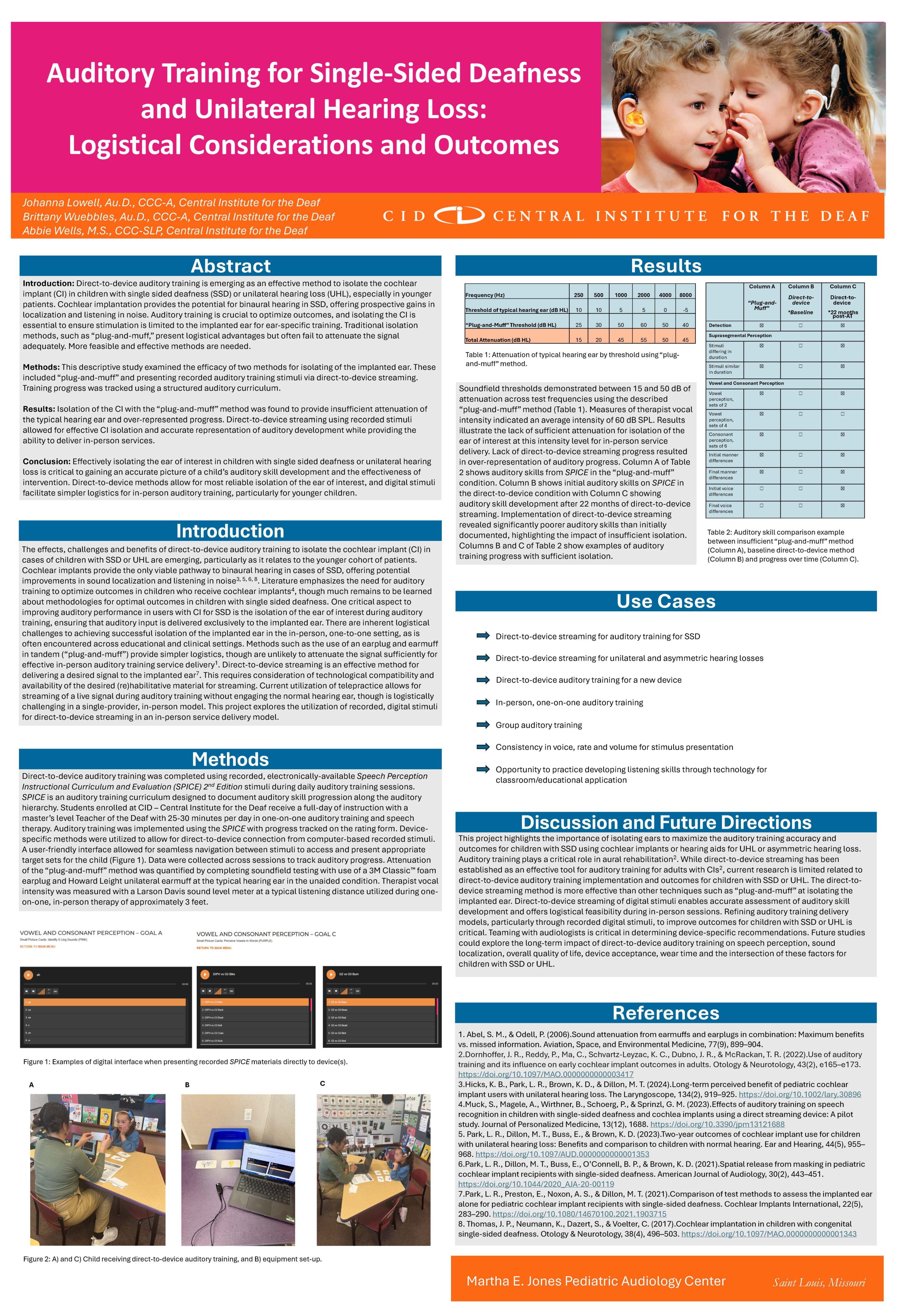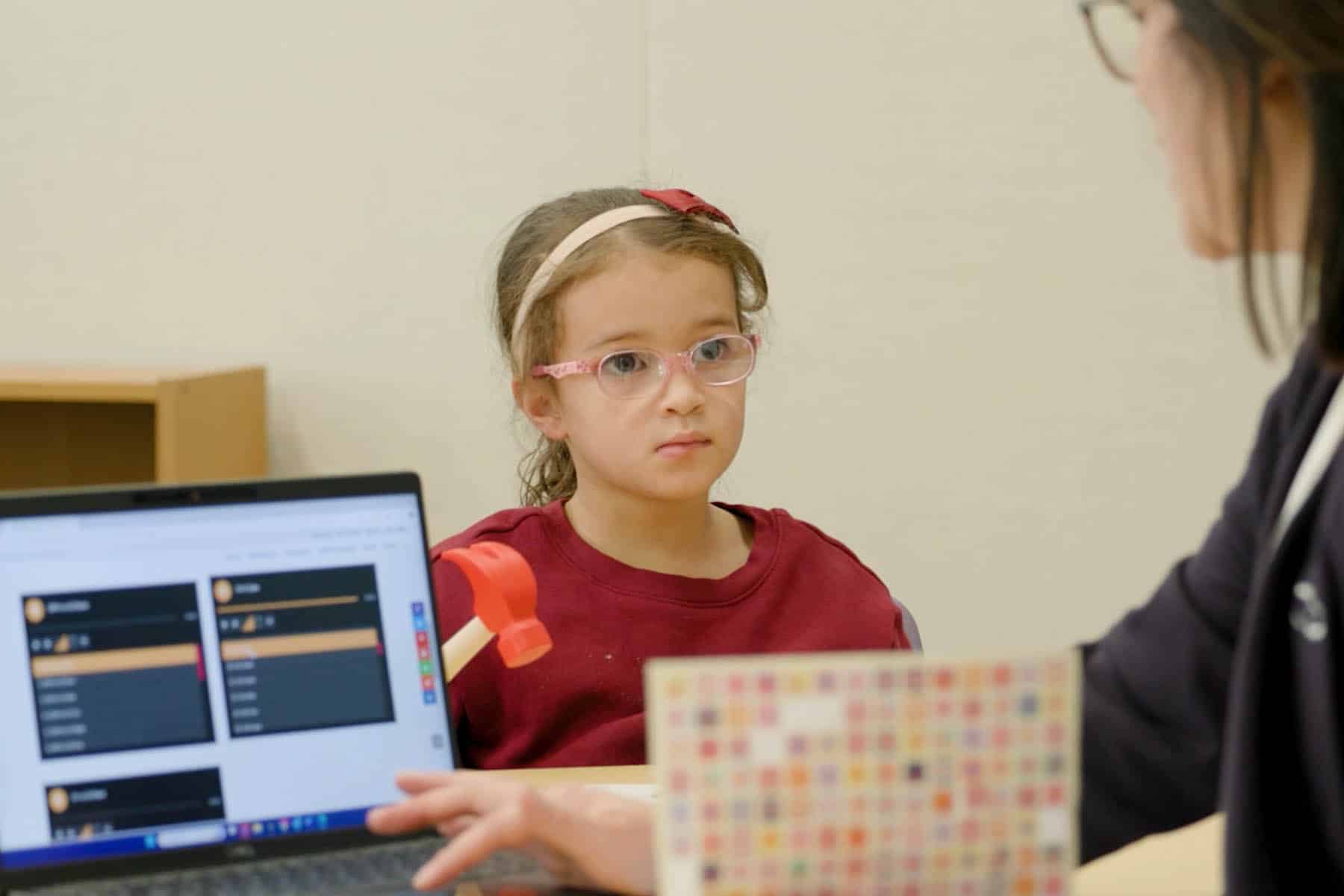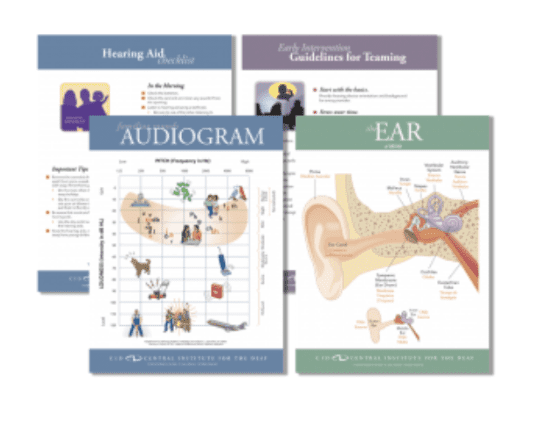For patients with single-sided deafness (SSD) or unilateral hearing loss (UHL), utilizing a device at the poorer ear allows for the potential path to binaural hearing. To maximize the benefits of using a device, auditory training is crucial to optimizing outcomes. Isolating the device is essential to ensure stimulation is limited to the ear of interest for ear-specific training, but the logistics of this in practice can be complicated.
In traditional therapy settings, it can be tricky to “turn off” the stronger, better-hearing ear so that the poorer ear gets a true workout. One common strategy is the “plug-and-muff” method (a combination of foam earplug and earmuff on the better-hearing ear), which is used in an attempt to attenuate the typical hearing ear. However, we found that utilizing this method may not be truly isolating the device of interest. This potentially results in a misleading picture of auditory performance and risks overestimating benefit with the unilateral device.
In contrast, direct-to-device streaming has shown to be an effective method for delivering the desired signal to the ear of interest without having to attenuate the normal hearing ear yet is not without logistical hurdles. Current utilization of telepractice allows for streaming of a live signal during auditory training without engaging the normal hearing ear. However, this is logistically challenging in a single-provider, in-person model, as it requires the provider and the child to be in different physical spaces.
At CID, our team found a “Goldilocks” solution by streaming digitally recorded SPICE 2nd Edition stimuli. Doing so allowed for in-person, one-on-one therapy and consistent presentation of stimuli, all while ensuring that the contralateral ear remained uninvolved in the auditory task. This allowed for accurate tracking of auditory performance. Teamwork between audiologists, speech language pathologists and teachers of the deaf is key to individualizing this process, requiring collaboration to select an appropriate streaming platform and ensure integration with the child’s device.
Looking back at our own data, we found the skills observed under plug-and-muff conditions were significantly inflated since the normal hearing ear was not truly attenuated. Once direct-to-device streaming was implemented, scores were lower but more accurate. Utilizing this method over many months showed meaningful auditory growth, validating the effectiveness of the streaming model. After consistent training with this method, true abilities became clearer and progress more meaningful.
For families and educators, this means that how we deliver listening practice can greatly affect results. When auditory training is effective, strong listening skills can be built that help children in real life – whether in classrooms, noisy playgrounds or at home.
Direct-to-device auditory training should be considered a best-practice approach for professionals working with children with SSD or UHL. It offers improved accuracy in measuring auditory development, supports better-informed clinical decision-making and may positively influence outcomes such as speech understanding, device acceptance and daily wear time.
Dr. Johanna Lowell, as well as Dr. Brittany Wuebbles and Abbie Wells presented this topic at the American Cochlear Implant Alliance, CI2025 Boston.


Johanna Lowell is a pediatric audiologist at CID – Central Institute for the Deaf. Ms. Lowell joined the CID Audiology team in 2020 shortly after graduating with her doctoral degree from Washington University School of Medicine in St. Louis. Prior to graduating, she also completed her year-long externship and final year of her doctorate at CID. She currently serves children between birth through 18.












